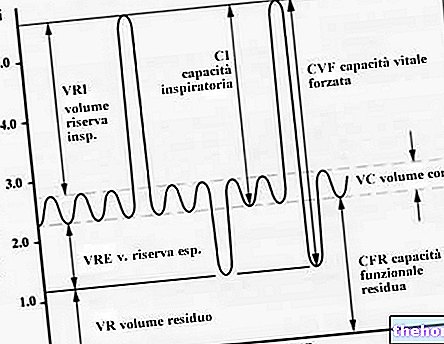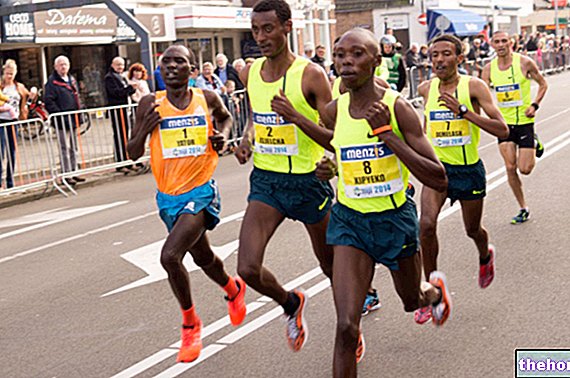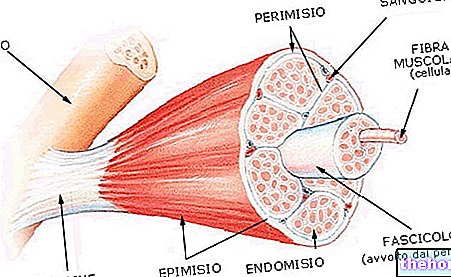«Anaerobic threshold
Theoretical calculation of the threshold frequency
Calculating the approximate heart rate value corresponding to your anaerobic threshold is quite simple and fast. In fact, it is sufficient to subtract one's age from 220 and multiply the result by 0.935. Let's see an example:
a 40-year-old subject will have a maximum heart rate of 220-40 = 180 bpm (beats per minute).
The frequency corresponding to the anaerobic threshold is equal to: 180 * 0.935 = 168 bpm.
This calculation is valid for a trained subject - in which the buffer systems and organic adaptation generally guarantee the effective disposal of the lactic acid produced - but for a sedentary the anaerobic threshold frequency can be much lower and be around 70. % of Fcmax.
It's all about the ATP
ATP (adenosine triphosphate) is the energy compound used by the body to obtain the energy necessary for the various biological processes. During physical activity, metabolic demands increase and a greater production of ATP is required. This compound derives mainly from the oxidation of fats and carbohydrates (the role of proteins is negligible) in different percentages depending on the intensity of the effort.
Starting from these energetic substrates, ATP is synthesized through different production routes, each with different efficacy and yields.
During a very intense effort the normal synthesis mechanisms become insufficient and the activation of one or more auxiliary systems becomes necessary. If on the one hand all this allows a greater production of energy, on the other it causes an increase in production and synthesis of lactate (lactic acid).
When the synthesis of lactate acid exceeds the neutralization and disposal capacities, a sudden increase in its blood concentration occurs and this roughly corresponds to the anaerobic threshold.
To better understand the concept, let's compare our body to a "car."
The quantity of gasoline in our tanks is practically unlimited, just think that the "oxidation of a single kg of grease develops over 7500 Kcal. In order for the gasoline (fuel) to burn and develop energy (ATP) there is a need for air and in especially oxygen (oxidizing). The more gasoline is burned, the more oxygen must be available. When this element is scarce, the car jerks and the engine floods. Similarly, when our body works in conditions of oxygen deficiency, it produces lactic acid which accumulates in the circulation and limits performance. .
The amount of oxygen available essentially depends on the number, efficiency and volume of the mitochondria, the cell's real energy centers.
Improve your anaerobic threshold
Resistance training allows you to improve the anaerobic threshold by improving some cardiovascular parameters (capillary density, cardiac output, arteriovenous O2 difference), respiratory and cellular (increase in the number and size of mitochondria; increase in the concentration of enzymes that catalyze reactions energy).
The improvement of aerobic power (maximum amount of energy produced in the unit of time in the presence of oxygen) allows you to move your anaerobic threshold to the right. A similar progress can be obtained through workouts carried out at intensities close to the anaerobic threshold (HR of threshold minus 2-3%).
Generally these exercises are carried out using interval working methods, i.e. inserting repetitions at an intensity close to or slightly higher than the anaerobic threshold (max 1-2%) interspersed with recovery periods at mild intensity (70-75% of the threshold HR).




























